Unearthed Secrets Beneath Sweden’s Shore: Six Centuries-Old Shipwrecks Reveal Lost Maritime Mysteries
Wreck 5 is similar to Wreck 2 in many ways. Though built later — in the 17th century — it’s also a clinker ship built of Halland/West Sweden oak. Like Wreck 2, Wreck 5 likely sailed in the waters near Varberg and Ny Varberg.
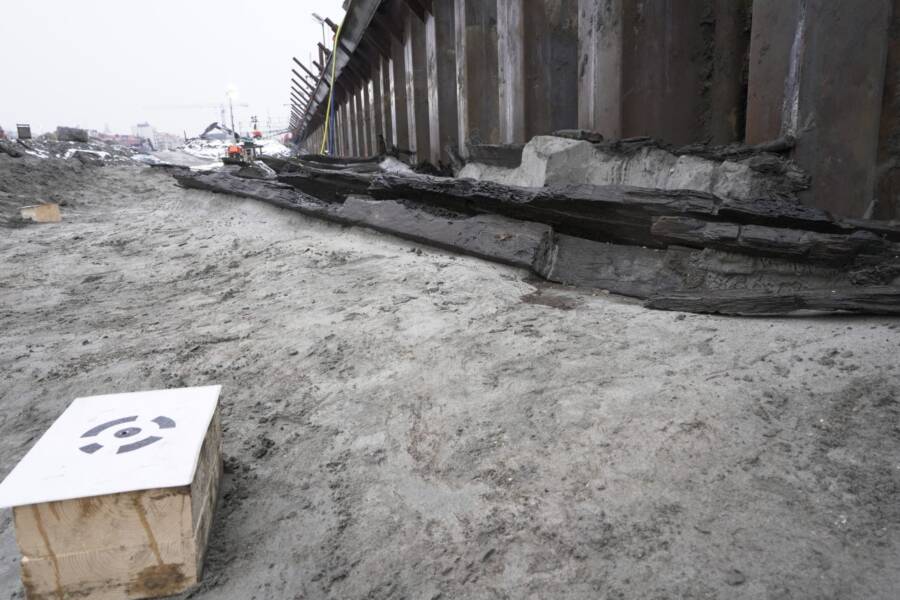
ArkeologernaAn example of a berghult, which would have protected the ship’s hull during docking, for example.
Wreck 6, which archaeologists could not date, is a bit different from Wrecks 2 and 5. Unlike the clinker ships, it’s a carvel-built ship, which means its planks were laid edge to edge and attached to the frame instead of wrapped around it. Unlike Wrecks 2 and 5, Wreck 6 has a well-preserved keel, which shows “some traces of Dutch shipbuilding tradition.”
Archaeologists are eager to next study Wrecks 3 and 4, which are even older than Wrecks 2, 5, and 6.
“We are now moving on to completing the analyses of Varberg wrecks 3 and 4, our 14th-century cogs, so that the report work can begin in earnest,” Elisabet Schager, a project manager at Arkeologerna, remarked. “It will be very interesting and we will have a lot of exciting things to tell in the future.”
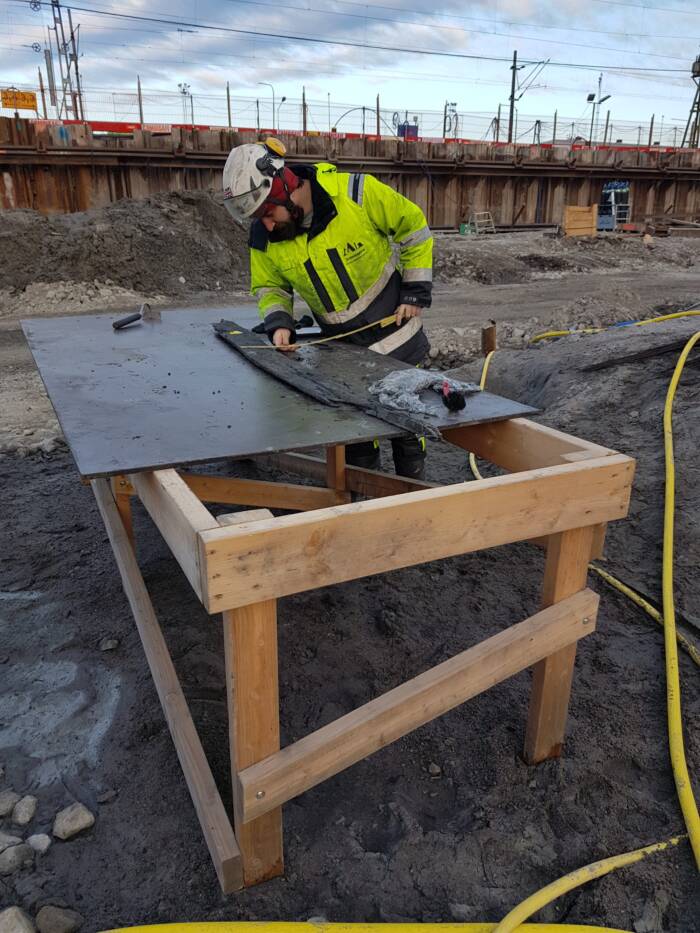
ArkeologernaAn archaeologist examines a strip of timber from one of the shipwrecks.
That’s especially true because shipwrecks have been found more and more often in recent years. According to Arkeologerna, this is due to development along coastal areas. As building in these regions increases, archaeologists have found a number of forgotten shipwrecks in the mud.
“Recently, it has become increasingly common to find preserved shipwrecks here on the West Coast,” the Arkeologerna statement noted. “This has to do with large infrastructure projects that are often located in what were water and port areas in the Middle Ages and early modern times.”
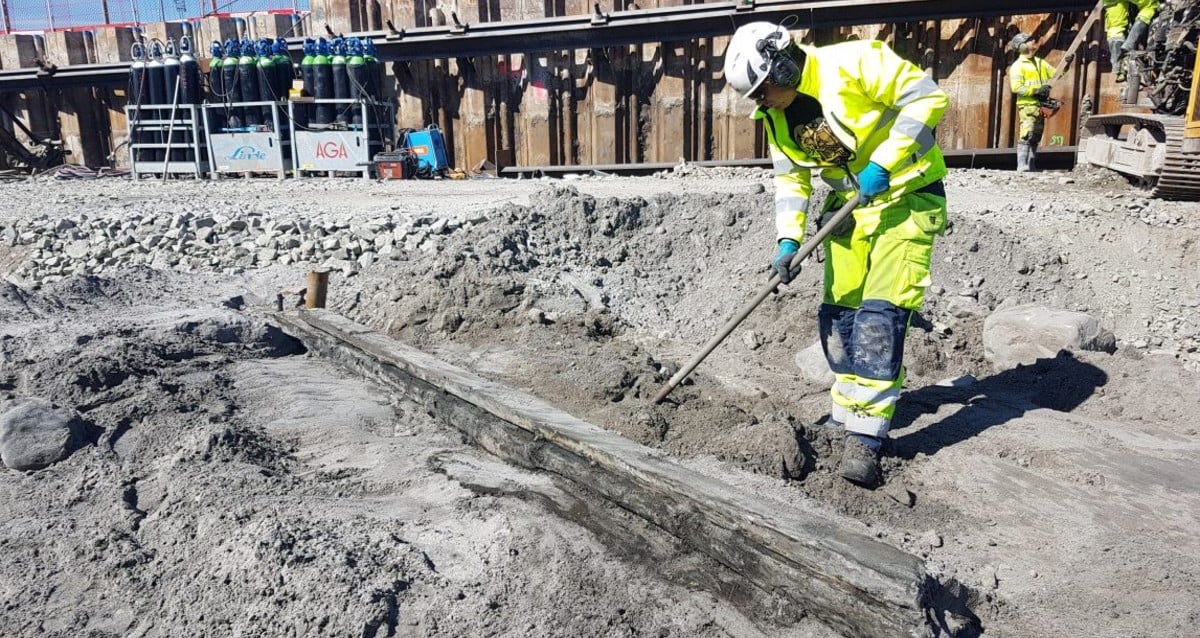


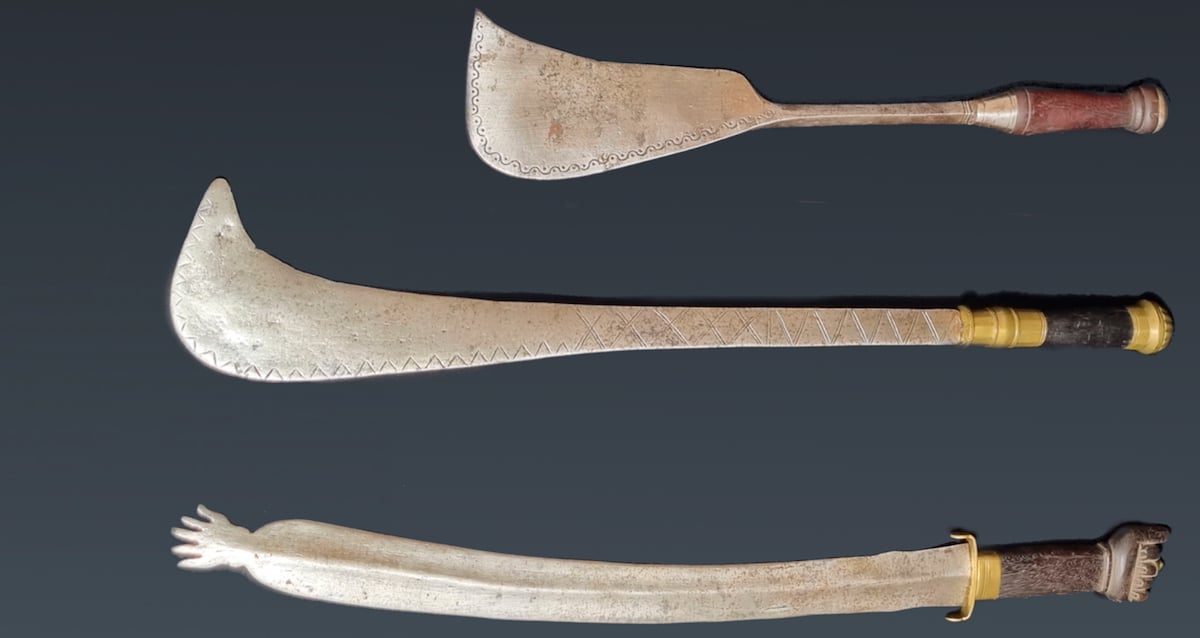





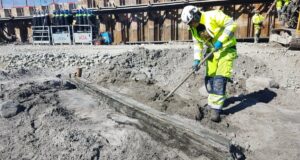




Post Comment